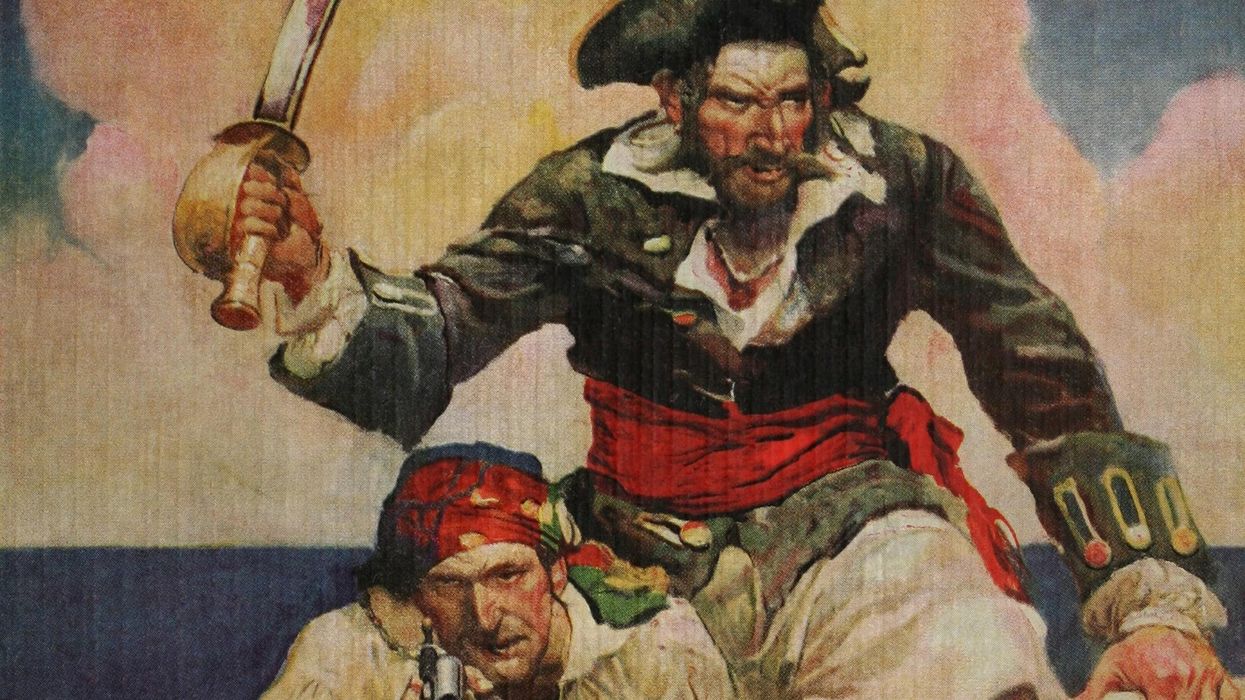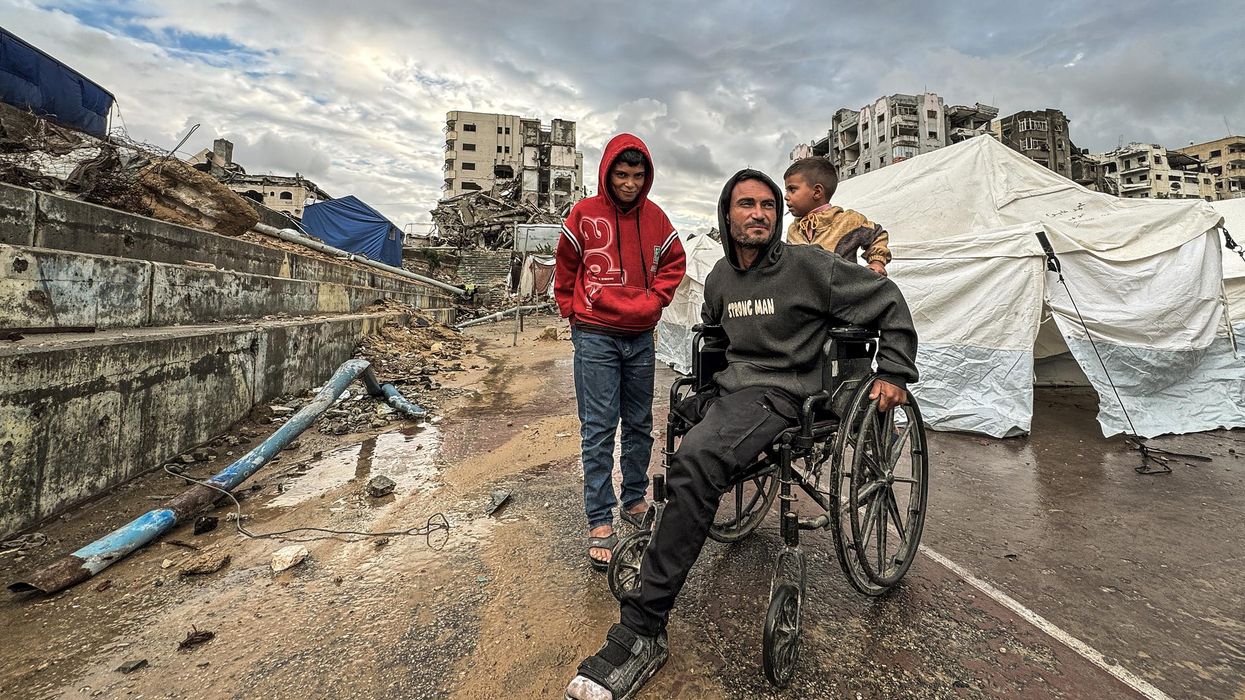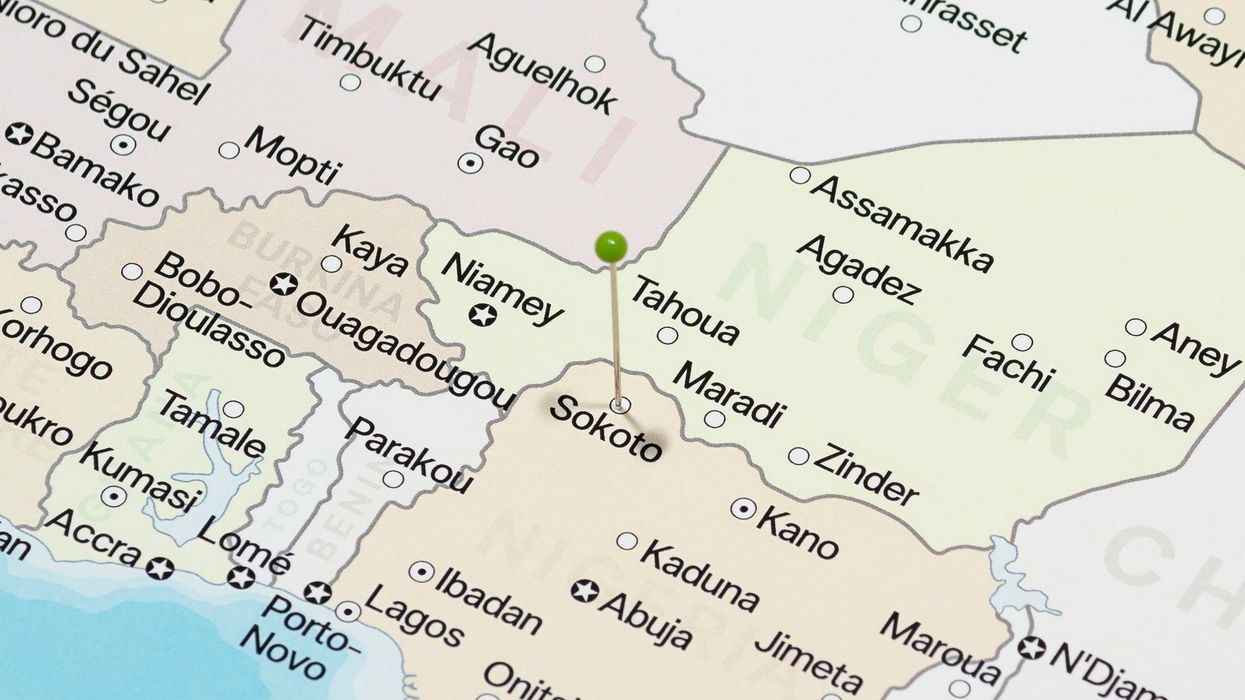Iran’s President Ebrahim Raisi is only weeks away from completing his first year in office, so naturally Iranians will be keen to evaluate his performance. It is likely to be negative, if only because of very high inflation and his failure to end U.S. sanctions. Iranian hardliners, Raisi among them, believe that Iran’s economic problems were mainly the result of the neo-liberal policies pursued by former President Hassan Rouhani (2013-2021), and that their own “revolutionary” approach could turn the economy around. But they promised more than they can deliver.
President Raisi pledged to improve the “people’s livelihood without tying it to the JCPOA,” the 2015 nuclear deal between Iran and the United States and other global powers. Tired of divided governance, many Iranians welcomed the election of a conservative president who, in cooperation with like-minded conservatives in control of other levers of power, would deal more effectively with the nation’s problems, chief among them U.S.-imposed sanctions. The voters’ expectation did not seem dampened by the fact that that conservatives had vehemently opposed the JCPOA and Rouhani’s attempts to revive it. A poll taken after his election in August 2021 showed Raisi to be very popular with voters.
But if one believes that sanctions were the main cause of the economic difficulties of the past decade, as evidence suggests they are, it is difficult to see how the economy could be turned around in a short time while sanctions continued. Although talks aimed at restoring the JCPOA and lifting some of the most damaging sanctions have been stalled for months, a deal may still be struck because its benefits to both Iran and the West have increased as a result of the global energy shortage that has followed the Russian invasion of Ukraine.
The benefit to Iran is access to substantial resources to engineer a quick reversal of a decade of economic misery. During the past decade when Iran was mostly under sanctions, its currency depreciated by 2,700 percent, prices rose 12-fold, and average personal consumption fell back to its level of two decades ago. When nuclear-related sanctions were briefly eased as a result of U.S. adherence to the JCPOA during 2016-2017, Iran’s GDP increased by 20 percent. Today, a deal could allow Iran to access as much as $100 billion of its frozen assets abroad and export some two million barrels of oil per day, which, at $100 per barrel, would earn it upwards of $70 billion a year.
Adding to these potential benefits is the risk of failure in turning the economy around if an agreement is not reached. Inflation, which Raisi promised to reduce, has set a new record. In the 11 months that he has been in office, prices have risen at an annual rate of 53 percent, the highest in recent memory. Last month alone, prices rose by a whopping 12.2 percent — a 200 percent annualized rate — and served as a major catalyst for widespread public dissatisfaction as shown by large demonstrations in cities around the country. This spike in prices will very likely moderate soon because it was in part the result of the effect of the Ukraine war on global food prices followed by the removal of food subsidies in May. But inflation will continue as long as the government is not able to earn enough income from its vast oil and gas resources to cover its expenditures.
Another of Raisi’s major campaign promises was to create one million new jobs each year. A lackluster employment report published by the government covering the last three quarters — that is, roughly the period since he took office — shows that employment has actually been shrinking during his presidency. There were 100,000 fewer people employed in industry in spring 2022 compared to spring 2021, just before Raisi came to office. Agriculture lost the most jobs, 470,000, or 10.1 percent of its workforce. Most of these workers appear to have found lower productivity employment in services, the only sector that expanded employment during the nine months.
The most disappointing part of the employment report is the loss of 160,000 jobs in industry. This reverses a weak but hopeful trend of rising employment in industry that seemed to indicate that currency depreciation could bring about a revival of local production after the deleterious effects of the oil boom of the 2000s. A more detailed report showing which industries suffered most is not yet available, but the loss of employment in the two sectors that produce traded goods suggest that the import substitution strategy encouraged by depreciation and lower real wages may have reached its limits.
Sanctions share a large part of the blame for limiting the impact of depreciation. Ordinarily, depreciating the currency should increase exports and thus generate growth in output and employment. But, so long as sanctions remain in effect and Iranian manufacturers cannot access the global banking system, they lack competitive advantage. In addition, Iran’s industrial production is heavily dependent on imported inputs, the result of decades of reliance on oil revenues. For years, oil revenues have indulged the rising appetite for foreign consumer goods and international travel by the country’s expanding middle class, as well as the industry’s need for capital and intermediate goods. Together, the latter two account for two-thirds of Iran’s imports.
Increased employment and greater reliance on domestic resources are key parts of the development strategy known as the “Resistance Economy” promoted by Iran’s Supreme Leader Ayatollah Ali Khamenei. The Resistance Economy, as the name suggests, is one designed to make Iran’s economy less dependent on global trade than it actually is today. It expresses the conservatives’ belief that, as a rising regional power that is challenging U.S. hegemony in the region, the Islamic Republic has no alternative but to reduce its dependence on the global economy. In this view, Washington uses various pretexts, such as Tehran’s alleged desire to build nuclear weapons or its use of proxy forces against regional adversaries, to impose sanctions on Iran to prevent it from becoming economically prosperous.
But the Resistance Economy is an objective that will take time and painful economic restructuring to achieve. While sanctions provide the impetus for the restructuring that Khamenei and Raisi desire, they do not actually accomplish this objective. Currency depreciation and changes in relative prices go a long way toward reducing the public’s appetite for cheap imports and the preference of industrial producers for assembling products with foreign inputs, rather than to develop new technologies with greater local inputs. But, without access to global markets, producers are more likely to close their businesses than seek new technologies that reduce their dependence on the same global economy.
In short, for the Islamic Republic to reach its objective of building a Resistance Economy and for Raisi to fulfill his ambitious campaign promises, a final accord with the U.S. that results in the lifting of the sanctions is essential, at least for the short to medium term. Contrary to Raisi’s campaign rhetoric, the inescapable fact is that Iranians’ livelihoods are tied to the JCPOA and the sanctions relief that an agreement would make possible.
For its part, the United States, which four years ago abandoned the nuclear deal and reimposed sanctions in the hope that Iran’s economy would collapse, must recognize that increased economic pressure, as President Joe Biden has reiterated on the eve of his visit to the Middle East, amounts to the same failed policy.
















